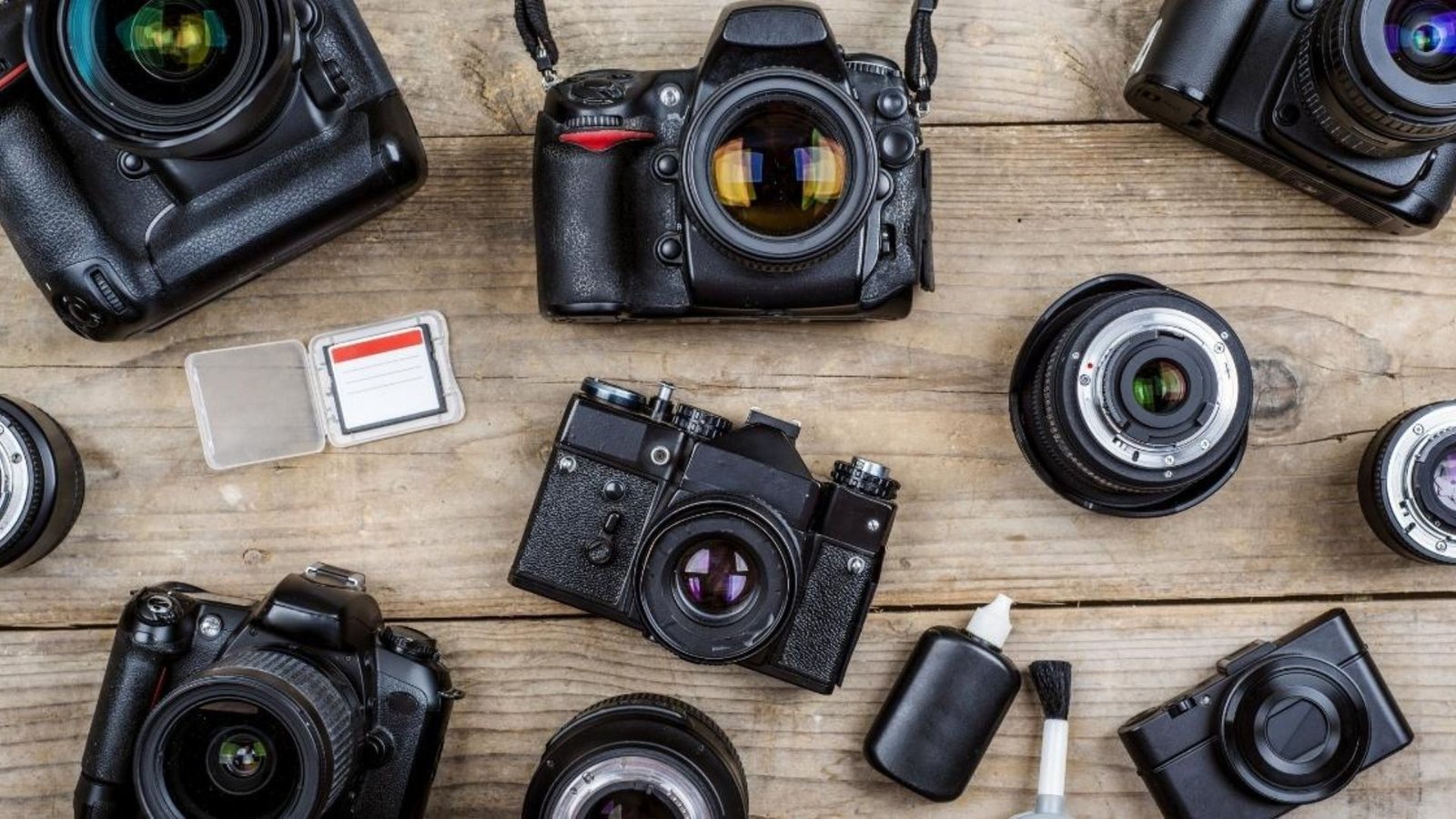Night photography presents unique challenges and opportunities for creativity. The darkness and low light conditions require different techniques and equipment compared to daytime shooting. By experimenting with various methods, you can create striking and imaginative nighttime images. Here’s a guide to some of the most effective and creative techniques for night photography.

Long Exposure Photography
Long Exposure Basics
- What It Is: Long exposure photography involves using a slow shutter speed to capture light over an extended period. This technique allows you to record movement and light trails that are not visible to the naked eye.
- How to Do It: Use a tripod to keep your camera steady during the extended exposure. Set your camera to manual mode, adjust the shutter speed (often several seconds to minutes), and use a remote shutter release or self-timer to avoid camera shake.
Creative Effects
- Light Trails: Capture the movement of cars, stars, or fireworks to create dynamic light trails. Adjust your exposure time based on the movement speed and distance.
- Star Trails: Use very long exposures to photograph the movement of stars around the North or South Pole. The resulting image will show circular trails, indicating the Earth’s rotation.
Light Painting
Light Painting Basics
- What It Is: Light painting involves moving a light source, such as a flashlight or LED, during a long exposure to create patterns or illuminate subjects.
- How to Do It: Set your camera to a long exposure setting, use a tripod, and experiment with different light sources. Move the light source around during the exposure to create your desired effect.
Creative Effects
- Abstract Patterns: Use different colors and movements to create abstract shapes and patterns in your photos.
- Drawing with Light: “Draw” shapes, words, or figures in the air with a light source. This technique works well with both static and moving subjects.
Low Light Portraits
Low Light Portrait Basics
- What It Is: Taking portraits in low light conditions can produce dramatic and intimate images. This technique emphasizes mood and character.
- How to Do It: Use a wide aperture (low f-number) to allow more light into the camera and achieve a shallow depth of field. Increase your ISO setting to make the camera’s sensor more sensitive to light. Use a fast lens (e.g., f/1.8 or f/2.8) to capture sharp images in low light.
Creative Effects
- Silhouettes: Position your subject against a bright background, like city lights or a streetlamp, to create striking silhouettes.
- Bokeh Backgrounds: Create beautiful bokeh effects (blurred background lights) by using a wide aperture and focusing on your subject.
Cityscape and Urban Photography
Cityscape Photography Basics
- What It Is: Capturing the vibrant lights and reflections of cityscapes at night can result in stunning urban photography.
- How to Do It: Use a tripod to avoid camera shake and ensure sharp images. Experiment with different angles and compositions to capture reflections in puddles, glass, and water.
Creative Effects
- Reflections: Use wet streets or reflective surfaces to capture dynamic reflections of city lights, adding depth and interest to your photos.
- High Dynamic Range (HDR): Combine multiple exposures with different settings to capture the full range of light and shadow in your cityscape shots.
Astrophotography
Astrophotography Basics
- What It Is: Astrophotography involves capturing images of the night sky, including stars, planets, and galaxies.
- How to Do It: Use a wide-angle lens with a large aperture to capture as much light as possible. Set your camera to manual mode, use a high ISO setting, and experiment with different shutter speeds to find the best exposure for capturing stars.
Creative Effects
- Milky Way: Photograph the Milky Way by shooting in areas with minimal light pollution. Use long exposures to capture the galaxy’s detail and texture.
- Star Trails: Similar to long exposure, but focused on capturing the movement of stars over several hours to create circular trails.
Night Macro Photography
Night Macro Photography Basics
- What It Is: Macro photography involves capturing close-up details of small subjects, such as insects or flowers, in low light conditions.
- How to Do It: Use a macro lens and a tripod to stabilize your camera. Employ additional lighting, such as a ring light or flash, to illuminate your subject without introducing harsh shadows.
Creative Effects
- Dew Drops: Capture the beauty of dew drops on flowers or leaves under low light. Use a small aperture to maintain sharpness and focus on the intricate details.
- Glow Effects: Experiment with natural bioluminescence or artificial lights to create glowing effects in your macro shots.
Conclusion
Night photography offers a range of creative possibilities that can yield stunning and unique images. By experimenting with techniques such as long exposures, light painting, and astrophotography, you can capture the beauty and mystery of the night. Each technique provides a different way to explore and express your artistic vision, allowing you to produce captivating photographs that stand out. Embrace the challenge of low light conditions and let your creativity guide you to new and exciting nighttime captures.










